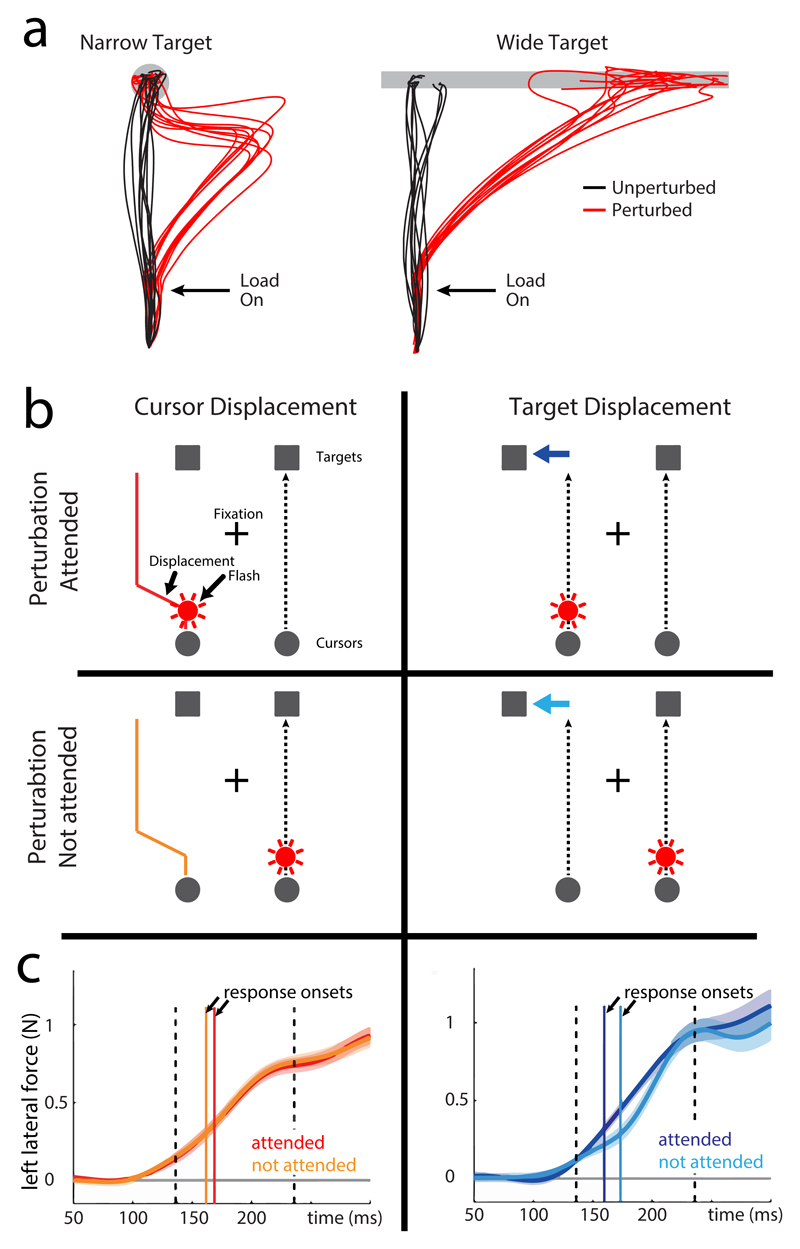Fig. 1. Corrective motor responses are tuned to task features.
a| In this task, participants were required to perform target-directed reaching movements using a robotic interface. On some trials, small mechanical perturbations were applied to the limb during the task. Traces show the paths of individual hand movements, recorded using the robotic interface15. Unperturbed movements to narrow or wide targets tend to be straight and to move to the closest point on the target. However, the application of mechanical loads immediately after movement onset disrupts execution of the planned movement. The resulting hand movement paths obey the principle of minimum intervention. That is, for a narrow target, the hand paths correct to enable the participant to reach the target. For a wide target, no correction is necessary and the hand just reaches to another point on the target. b-c| Visual attention influences the processing of target, but not hand-movement information 16. In this experiment, subjects performed a bimanual reach task, using a robotic interface to move two cursors to their respective targets. During the task, one of the cursors or one of the targets was displaced and the corrective reflex response was measured as the lateral force applied to the robotic interface by the participant. In addition, immediately after the onset of movement, a flash of light could draw attention either towards (perturbation attended) or away from (perturbation unattended) the side of the perturbation (b). There was no significant difference in the onset of the lateral corrective forces that occurred in response to cursor displacement when flashes were on the attended versus non attended sides (c, left panel); however, there was a significant delay in the corrective response to target displacement when visual attention was drawn away from the side of the perturbation (c, right panel). Vertical dashed lines represent the time window over which the corrective forces were averaged to obtain an estimate of the strength of reflex response (from 30 ms per- to 70 post-response onset). Gray horizontal line represents zero lateral force.. Panels b-c show that distracting visual information is more efficiently filtered during the extraction of hand compared to target information, suggesting a specialized mechanism that links representation of the hand in visual and motor systems. Part a is modified, with permission from REF164. Parts b and c are modified, with permission from REF 16.

